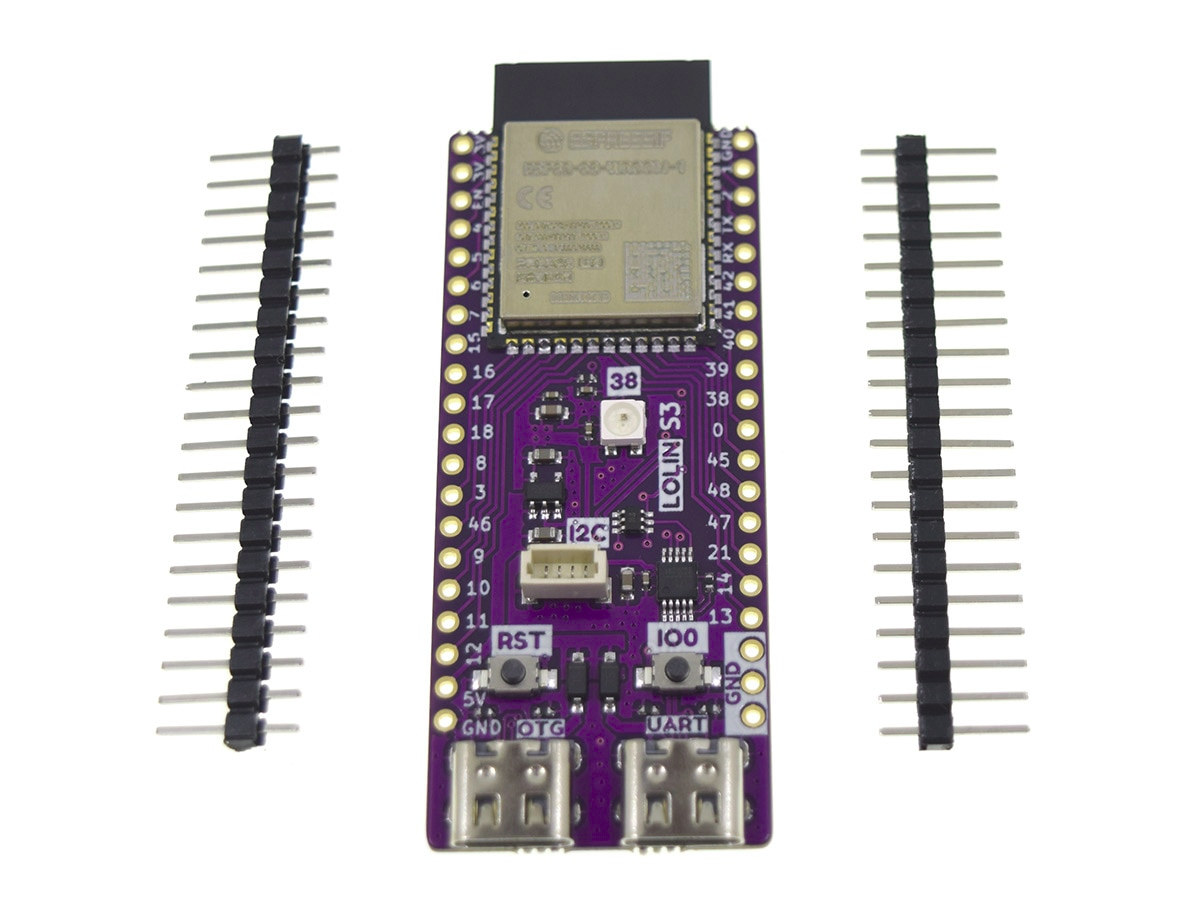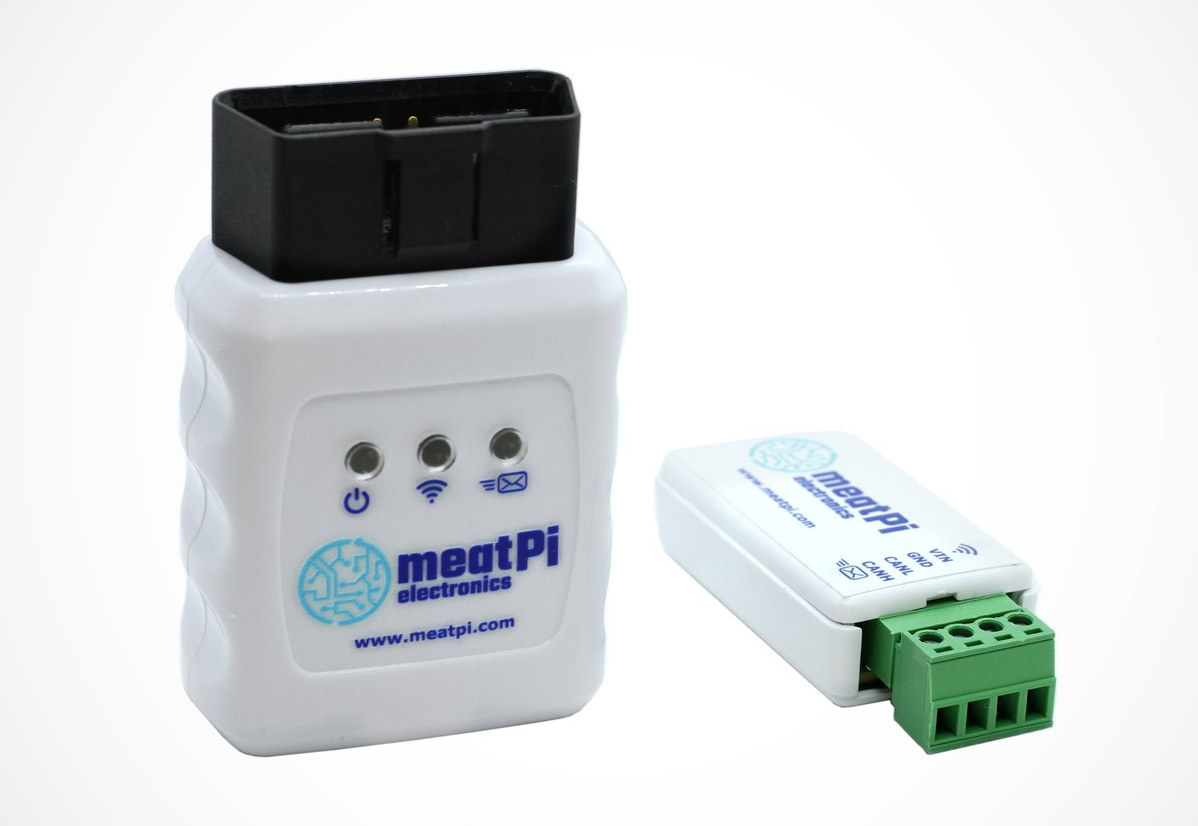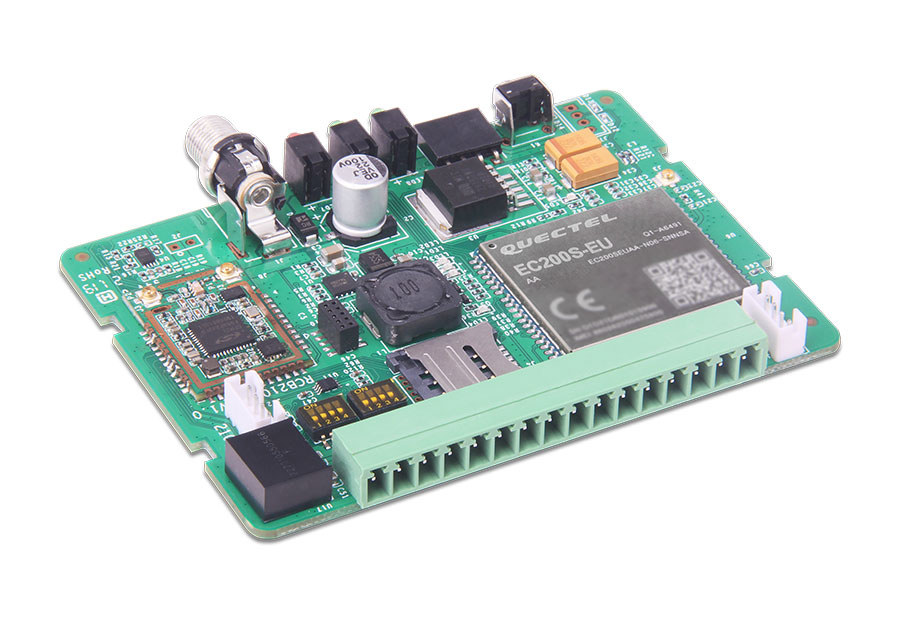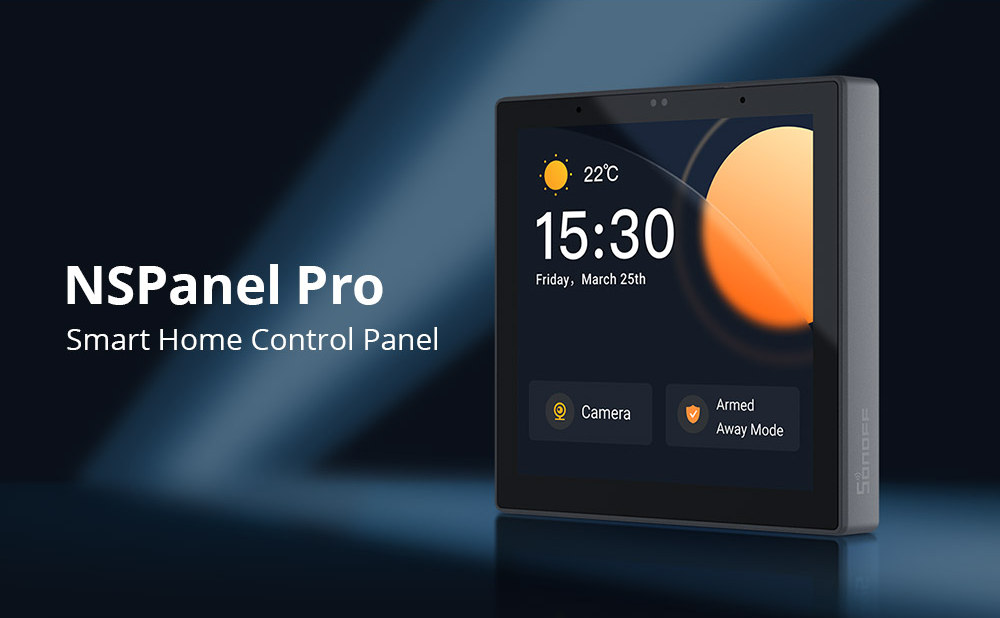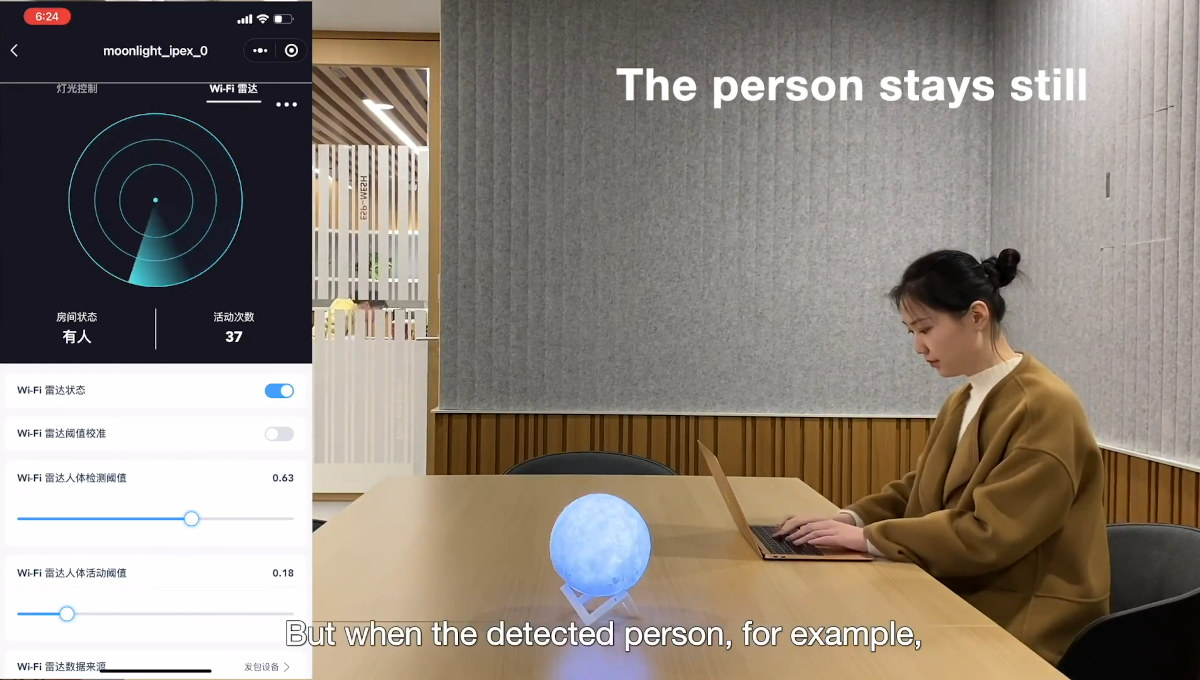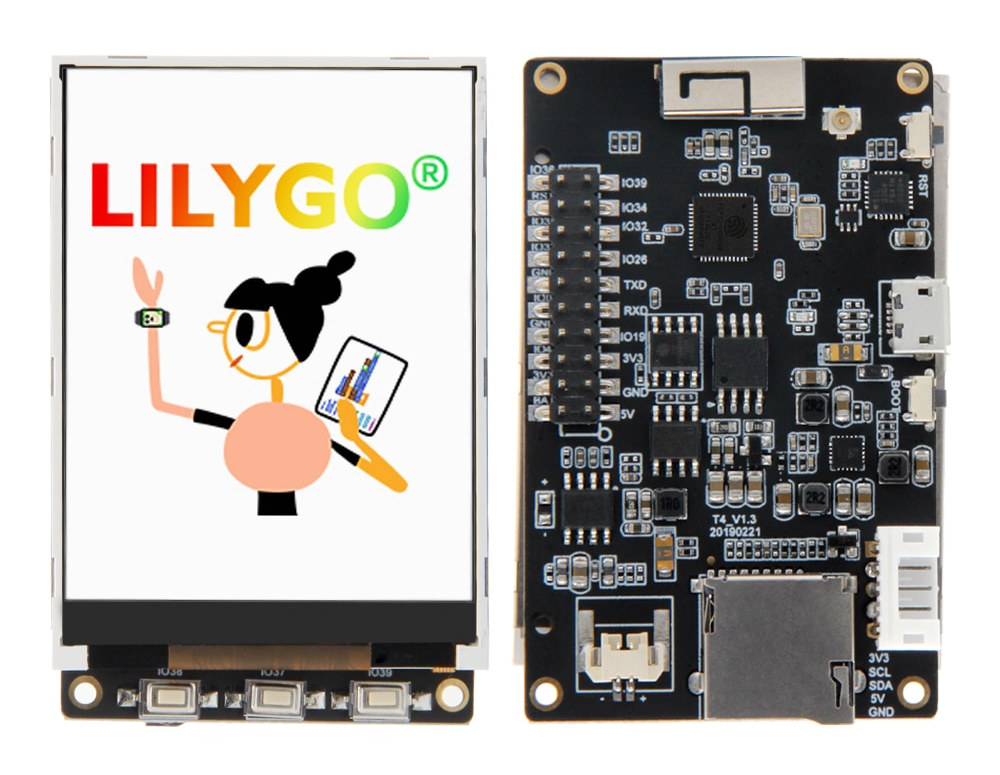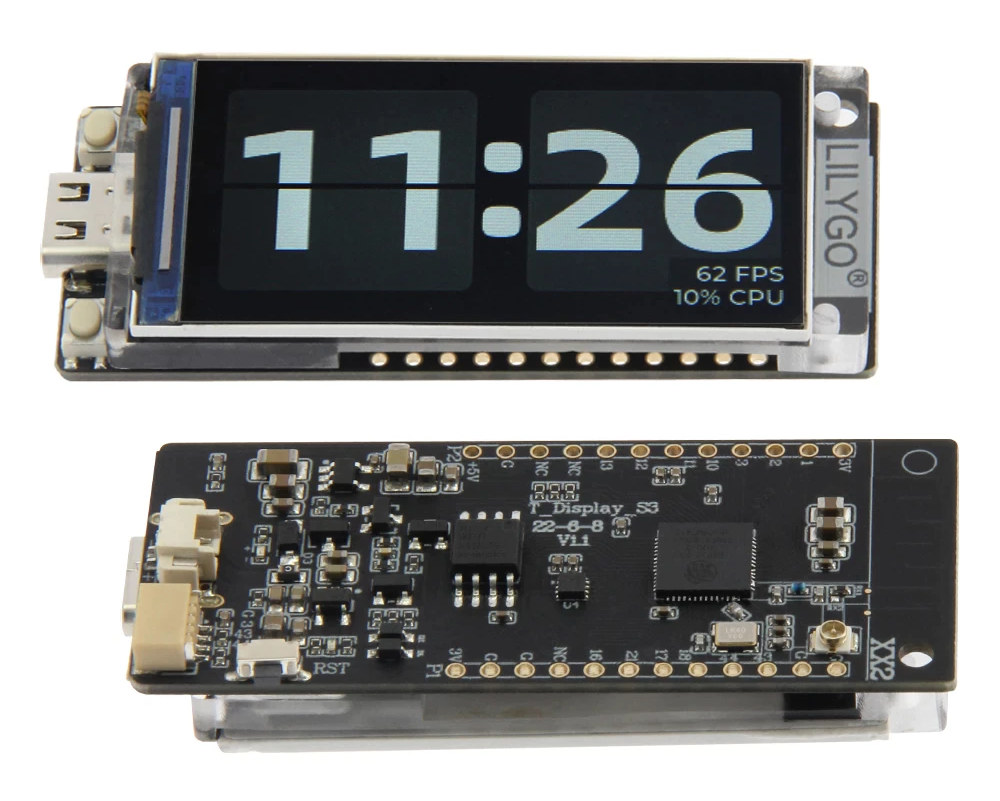Lolin S3 is the first ESP32-S3 board from the company, but instead of using the more compact D1 mini form factor, the board features a longer design with two rows of 20 pins offering up to 31 GPIOs. Based on ESP32-S3-WROOM-1 module, the board features 16MB QSPI flash, 8MB SPRAM, two USB Type-C OTG and UART ports, a Lolin I2C port, an RGB LED, as well as Reset and user buttons. Lolin S3 specifications: Wireless module – ESP32-S3-WROOM-1 module with: Espressif Systems ESP32-S3 dual-core Tensilica LX7 @ up to 240 MHz with vector instructions for AI acceleration, 512KB RAM, 2.4 GHz WiFi 4 and Bluetooth 5.0 LE with support for long-range, up to 2Mbps data rate, mesh networking 16MB QSPI flash 8MB PSRAM PCB antenna USB – 2x USB Type-C ports, one OTG port, one UART port for programming and debugging Expansion 2x 20-pin headers with up to 31x GPIO, […]
WiCAN ESP32-C3 CAN Bus platform is available in USB-CAN and OBD-II form factors (Crowdfunding)
WiCAN is an ESP32-C3 CAN bus adapter that works over USB, Wi-Fi, and Bluetooth LE, and designed for car hacking and general CAN bus development. The device is available in USB-CAN and OBD-II form factors and comes with firmware that works with RealDash to create nice-looking dashboards with the data. RealDash can be installed on Android, iOS, and Windows 10 operating systems. WiCAN specifications: Wireless module – ESP32-C3-MINI-1 with ESP32-C3 RISC-V microcontroller with 2.4GHz WiFI 4 and Bluetooth 5.0 connectivity, 4 MB flash, PCB antenna CAN 2.0 A/B interface up to 1 Mbps Host interface WiCAN-OBD – OBD-II connector WiCAN-USB – Mini USB port for USB-to-UART up to 6 Mbps Power Supply WiCAN-ODB – 7.5V to 16V (Vbat) WiCAN-USB – 7.5V to 36V via screw-terminal connector Power Consumption – <= 1 mA in battery-saving mode The CAN Bus adapter also supports firmware updates over WiFi, and can be used either […]
Wireless M-Bus & LTE Cat 1 sensor board also supports Zigbee 3.0, Z-Wave, Bluetooth LE 5.0, LoRa…
Geniatech SCB32IM is a sensor board based on Silicon Labs EFR32FG14 Arm Cortex-M4 microcontroller with a sub-GHz radio enabling wireless M-Bus (Wireless Meter Bus) designed for remote reading of smart meters, and also equipped with a Quectel EC200S “IoT/M2M-optimized” LTE Cat 1 module. The sensor module does not actually come with any sensor on board, but provides a terminal block to connect any sensor you may need for your product. It’s also possible to extend wireless connectivity options with Zigbee 3.0, Z-Wave, Bluetooth LE 5.0, LoRa, and more through the GT-IoT interface with UART, SPI, and one GPIO. Geniatech SBC32IM specifications: Microcontroller – Silicon Labs EFR32FG14 Aem Cortex-M4 MCU @ 40MHz with up to 256 KB flash, 32 KB RAM, and proprietary 2.4GHz and sub-GHz radios Wireless connectivity Wireless M-Bus S Mode: 868 MHz band T Mode: 868 MHz band C Mode: 868 MHz band N Mode: 169 MHz band […]
SONOFF NSPanel Pro Android control panel doubles as WiFi & Zigbee Smart Home gateway
ITEAD has introduced the SONOFF NSPanel Pro Smart Home control panel running Android 8.1 on a Rockchip PX30 quad-core Cortex-A35 processor and acting as a Smart Home gateway thanks to an 802.15.4 radio for Zigbee 3.0, and 2.4 GHz 802.11b WiFi for connectivity. The NSPanel Pro follows the ESP32-powered SONOFF NSPanel introduced just last year but offers much more flexibility with Android, 2GB RAM, 8GB eMMC flash, and also offers a slightly larger 3.95-inch capacitive touchscreen display with 480×480 resolution. SONOFF NSPanel Pro specifications: SoC – Rockchip PX30 quad-core Cortex-A35 processor with Arm Mali-G31 GPU System Memory – 2GB DDR3 Storage – 8GB eMMC 5.1 flash Display – 3.95-inch capacitive touchscreen color TFT display with 480×480 resolution Audio – 1W speaker, digital microphone for two-way communication (intercom) Connectivity 802.15.4 radio with Zigbee 3.0 support. Matter and BLE Mesh scheduled for 2023 2.4 GHz 802.11b WiFi Sensor – Light sensor for […]
ESP-WIFI-CSI detects humans with WiFi signals only, no sensor needed
Espressif ESP-WIFI-CSI software relies on the disturbance in the force WiFi signals between one or more ESP32 boards and a router to detect whether humans are present in a room, or even indoor positioning, providing a cost-effective solution since no sensors are needed. Channel state information (CSI) leverages carrier signal strength, amplitude, phase, and signal delay indicators to reveal the signal scattering, reflection, and power attenuation phenomena that occur with the carrier as the transmission distance changes. This is typically used to measure the channel status of the wireless network in Wi-Fi communication, but it’s also possible to analyze and study the changes in CSI to detect movements such as walking and running of people or animals, and Espressif claims it can also capture subtle movements caused by small movements such as breathing and chewing of people or animals in a static environment. ESP-WIFI-CSI implementation works with all ESP32 series […]
TTGO T4 ESP32 board features 2.4-inch color display, IP5306 battery charging IC
LilyGO has launched yet another ESP32 board with an integrated color display. The TTGO T4 offers a 2.2-inch or 2.4-inch color display, LiPo battery support, but in contrast to many other boards from the company, features a battery charging circuitry based on Injonic IP5306 “fully-integrated power bank system-on-chip with 2.1A charger, 2.4A discharger”. The WiFi and Bluetooth IoT board is also equipped with 4MB flash, a MicroSD card socket, 8MB PSRAM, a 20-pin GPIO header and a 5-pin I2C connector for expansion, and a few buttons for programming and user control. TTGO T4 v1.3 specifications: Wireless MCU – Espressif Systems ESP32 dual-core Tensilica LX6 microcontroller @ up to 240 MHz with 520 KB SRAM, wireless connectivity RAM – 8MB SPRAM (ISSI PN18S32) Storage – 4MB SPI NOR flash, MicroSD card slot Connectivity (ESP32) 2.4 GHz 802.11 b/g/n Wi-Fi 4 Bluetooth 4.2 BR/EDR and Bluetooth LE 3D antenna and u.FL connector […]
T-Display-S3 board offers ESP32-S3 WiSoC, 1.9-inch color LCD, and LiPo battery support
LilyGO T-Display-S3 is an ESP32-S3 WiFi and Bluetooth LE IoT development board with a 1.9-inch color LCD and support for LiPo batteries that follows the company’s T-QT ESP32-S3 board with a tiny 0.85-inch display introduced earlier this month. The new board offers the same layout as the previous T-Display RP2040 or ES32 boards, but the 1.14-inch display has been replaced with a larger 1.9-inch display that covers most of the board, and thanks to the ESP32-S3 microcontroller, gains proper Bluetooth 5.0 support, as well as vector instructions for AI acceleration. T-Display-S3 specifications: Wireless MCU – Espressif Systems ESP32-S3R8 dual-core Tensilica LX7 @ up to 240 MHz with vector instructions for AI acceleration, 512KB RAM, 8MB PSRAM, wireless connectivity Storage – 16MB flash Connectivity via ESP32-S3 2.4 GHz 802.11 b/g/n Wi-Fi 4 with 40 MHz bandwidth support Bluetooth Low Energy (BLE) 5.0 connectivity with long-range support, up to 2Mbps data rate. […]
Theengs open-source tools to decode BLE sensors work on ESP32, Raspberry Pi, Android phone, etc…
Theengs is a manufacturer agnostic open-source set of tools to decode BLE sensors and integrate those into smart home and IoT solutions such as Home Assistant with notably support for autodiscovery to automatically create the sensor. Theengs can be installed on various hardware from ESP32 to an Android phone or a Raspberry Pi SBC, and the solution currently supports close to forty BLE sensors from various companies including Xiaomi, Honeywell, and RuuviTag. There are six components: The Theengs Decoder library developed in C++ for portability and translating data from sensors into human-readable data using the JSON format. The Python-based Theengs Gateway acting as a BLE to MQTT bridge for Home Assistant, OpenHAB, and NodeRED integration. It relies on the Theengs Decoder library and publishes the sensors broadcasted BLE information to an MQTT broker. The OpenMQTTGateway is also BLE to MQTT bridge, but instead of targetting Linux-capable hardware like Raspberry […]


